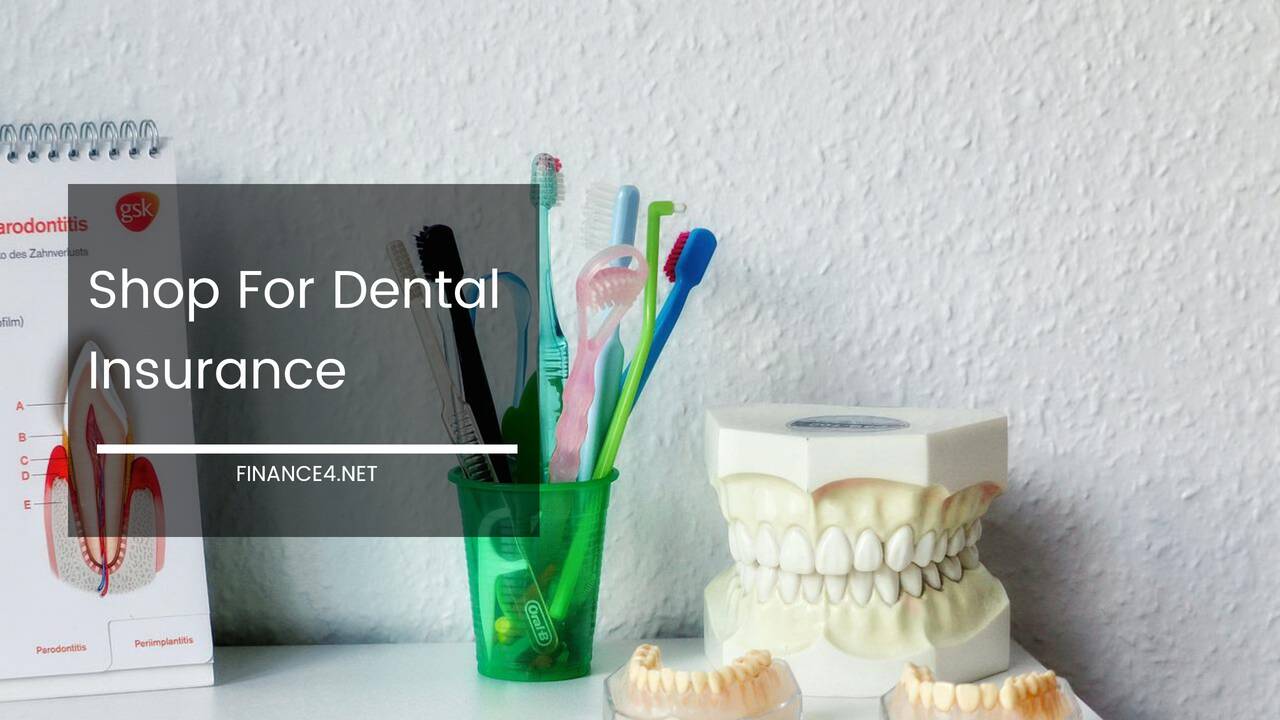Shop For Dental Insurance

Unveiling the Mystery: A Comprehensive Guide to Dental Insurance
Maintaining a radiant smile goes beyond aesthetics; it’s a cornerstone of overall well-being. Yet, the cost of dental care can cast a long shadow, leaving many hesitant to prioritize essential procedures.
This is where dental insurance steps in, acting as a financial shield against unexpected dental emergencies and the ongoing costs of maintaining healthy teeth.
Unlike many medical insurance plans, basic health coverage often excludes dentistry, making dental insurance a crucial consideration for anyone seeking to safeguard their oral health without breaking the bank.
This comprehensive guide dives deep into the world of dental insurance, empowering you to navigate the options and choose a plan that perfectly aligns with your unique needs and budget.
Why Dental Insurance is Your Smile’s Superpower
Imagine facing a dental emergency like a chipped tooth or a throbbing toothache. Now imagine tackling these issues without the financial safety net of dental insurance. The costs associated with root canals, crowns, or even complex fillings can quickly spiral into the thousands.
Dental insurance acts as a buffer, mitigating the financial burden by sharing the costs of these procedures. It helps spread out payments over time, making essential dental care more accessible and preventing financial strain due to unforeseen dental emergencies.
Demystifying Dental Insurance Options: A Deep Dive
Just like superheroes have various powers, dental insurance plans come with a diverse range of coverage options. Let’s delve into the key factors that define a dental insurance plan and empower you to choose the one that best suits your needs:
-
Coverage Levels: The Spectrum of Care
- Preventive Care: Your Shield Against Future Battles: Regular checkups, cleanings, and X-rays are the foundation of maintaining healthy teeth. Prioritize plans that cover these preventive measures at 100% or a high percentage, as they can help prevent more expensive procedures down the road.
- Basic Procedures: Addressing Everyday Dental Issues: This category encompasses fillings, extractions, and minor surgeries that address common dental problems. Determine the coverage percentage for these procedures to understand what portion of the cost the insurance will handle.
- Major Procedures: Tackling Complex Challenges: Root canals, crowns, and bridges can be a significant financial hurdle. Understanding the coverage level for these procedures is vital, especially if you anticipate needing them due to pre-existing conditions or potential future issues.
- Orthodontics: Straightening Smiles and Boosting Confidence: Braces and other orthodontic treatments can significantly impact your budget. If you or your family members require such treatment, ensure the plan offers coverage and understand any limitations, such as lifetime maximums on orthodontic benefits.
-
Understanding Out-of-Pocket Costs: Sharing the Responsibility
- Deductible: Your Financial Threshold: This is the initial amount you pay upfront before the insurance kicks in. Higher deductibles typically translate to lower monthly premiums. Choose a deductible that aligns with your anticipated dental needs and budget. For example, if you only require occasional checkups, a higher deductible might make sense. However, if you anticipate needing extensive procedures, a lower deductible might be preferable.
- Co-pays: A Fixed Contribution for Routine Care: This is a fixed amount you pay for certain covered services, like a co-pay for a cleaning. Compare co-pays across different plans to find one that aligns with your budget.
- Coinsurance: Sharing the Burden for Major Procedures: This is a percentage of the covered cost you share with the insurance company. For example, you might pay 20% while the insurance covers 80% of a procedure. Understand the coinsurance percentage for various procedures to anticipate your out-of-pocket costs.
Network vs. Non-Network Providers: Navigating the Dental Care Landscape
Many dental insurance plans offer in-network providers who have pre-negotiated rates with the insurance company.
Using in-network providers typically leads to lower out-of-pocket costs because the insurance company has already established a set fee for covered services.
However, you may have the flexibility to choose an out-of-network dentist, though you’ll likely pay more as the insurance company may not have a pre-negotiated rate with that provider.
Finding Your Perfect Match: A Tailored Approach to Dental Insurance
Choosing the right dental insurance plan requires careful consideration of your individual needs and circumstances. Here’s a roadmap to guide you through this process:
- Evaluating Your Needs: Take stock of your current dental health and anticipate future needs. If you have young children, prioritize plans with orthodontics coverage. If you have pre-existing dental conditions, ensure the plan offers coverage for potential future procedures.
- Comparing Plans: Unleashing the Power of Information: Research different insurance companies and plans offered by your employer or through independent marketplaces. Utilize online comparison tools to assess various plans side-by-side based on coverage details, premiums etc
- Network Match: Ensuring Compatibility with Your Preferred Dentist: Ensure your preferred dentist, or one accepting your chosen plan, is within the network. This can significantly impact your out-of-pocket costs and overall convenience.
Beyond the Basics: Unveiling Additional Considerations: Don’t just focus on premiums. Here are some additional factors to consider:
-
- Annual Maximums: This is the maximum amount the insurance company will pay out in benefits each year. Understand these limits to avoid unexpected costs.
- Waiting Periods: Some plans have waiting periods before certain procedures are covered. Be aware of these timeframes to ensure coverage when you need it.
- Pre-existing Conditions: Some plans may have limitations on coverage for pre-existing conditions. Understand these exclusions to avoid surprises.
- Claim Procedures: Familiarize yourself with the process for filing claims to ensure a smooth experience when you need to utilize your insurance.
Maximizing Your Investment: Getting the Most Out of Your Dental Insurance
Dental insurance is an ongoing investment in your oral health. Here are some ways to maximize its benefits:
- Schedule Regular Checkups and Cleanings: Regular preventive care is often fully covered by insurance. Taking advantage of these benefits can help prevent more expensive procedures down the road and keep your smile healthy.
- Utilize In-Network Providers: Using in-network providers helps you stay within your budget and take advantage of pre-negotiated rates.
- Maintain Open Communication with Your Dentist: Discuss your treatment plan with your dentist and inquire about insurance coverage for specific procedures. This can help you make informed decisions about your dental care.
Beyond the Guide: Empowering Yourself with Additional Resources
- Ask Questions: Don’t hesitate to ask insurance companies or HR representatives for clarification on plan details.
- Consider Reviews: Read online reviews from policyholders to gain insights into customer service experiences and claim processing effectiveness.
- Explore Employer-Sponsored Plans: Many employers offer dental insurance as part of their benefits package. Explore your options and understand any contributions your employer may make towards your premium.
The Takeaway: A Smile Worth Protecting
Dental insurance is more than just financial protection; it’s an investment in your overall well-being. By following these steps and taking a proactive approach, you can navigate the dental insurance landscape with confidence and choose a plan that empowers you to maintain a healthy, radiant smile for years to come.
Remember, a healthy mouth is a foundation for a healthy you, and dental insurance equips you with the tools to safeguard it without breaking the bank. So, take control of your oral health journey and unlock the power of a dazzling smile!



